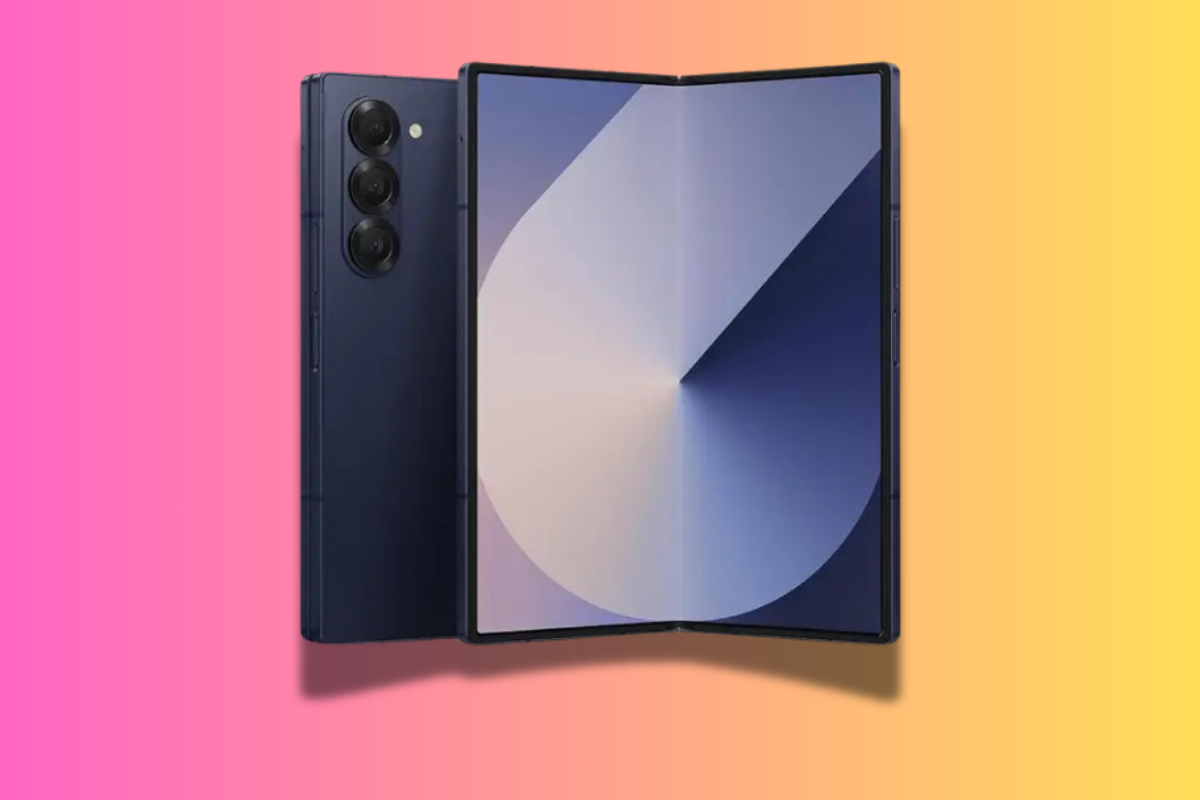Apple is no stranger to pushing the boundaries of smartphone design, and if the latest rumors are accurate, the iPhone 17 Air could set a new benchmark for slimness.
According to a research note from analyst Jeff Pu, shared via MacRumors, Apple’s upcoming model could measure just 6mm thick, making it the thinnest iPhone ever.
For perspective, this would shave nearly a full millimeter off the current thinnest iPhone, the iPhone 6, which stands at 6.9mm.
But what does this mean for you as a consumer? Let’s break it down.
HOW THE IPHONE 17 AIR STACKS UP IN THINNESS
To understand just how slim the iPhone 17 Air might be, let’s compare it to previous models.
Here’s a quick rundown:
- iPhone 6: 6.9mm (current record holder)
- iPhone 14 and 15 series: ~7.8mm
- iPhone 16 series: up to 8.25mm
- iPhone 13 Pro/Max: 7.65mm
- Original iPhone: A chunky 12.3mm
🧵 Check out all the sizes and dimensions for all of Apple’s iPhones since 2007.
This rumored 6mm thickness would also make the iPhone 17 Air significantly thinner than its immediate predecessor, the iPhone 16 series, which has been criticized for its bulk.
It would rival some of Apple’s other ultra-slim designs, like the 2024 iPad Pro (5.1mm) and the last-gen iPod Nano (5.4mm).
WHY APPLE IS GOING ULTRA-THIN AGAIN
Apple’s pursuit of thinness isn’t just about aesthetics—it’s also a statement of engineering.
Designing a thinner phone typically requires breakthroughs in battery technology, component miniaturization, and material innovation.
A 6mm phone could symbolize Apple’s ability to maintain performance while delivering a sleeker device, which is no small feat.
However, Apple’s decision to prioritize thinness could also be driven by user feedback.
Over the past few years, many customers have expressed dissatisfaction with the increasing size and weight of flagship phones.
A thinner, lighter iPhone would be more comfortable for everyday use and pocket-friendly—literally.
DOES THINNESS COME WITH TRADE-OFFS?
While a slimmer phone might sound appealing, it’s worth questioning whether this design choice could compromise other important features. For instance:
1. Battery Life
Thinner phones typically have smaller batteries. If Apple doesn’t introduce more efficient battery technology, you might face shorter usage times—a potential dealbreaker in a world where smartphones are our all-day companions.
2. Durability
An ultra-slim design could make the device more prone to bending or cracking. Apple’s previous experiments with thinness, such as the infamous “Bendgate” with the iPhone 6, serve as cautionary tales.
3. Camera Performance
The iPhone 17 Air is rumored to feature a single 48MP rear camera, a departure from the multi-camera setups we’ve come to expect in flagship devices.
While this might simplify the design, it raises questions about whether Apple is sacrificing camera versatility for the sake of a slimmer profile.
OTHER EXPECTED FEATURES: BALANCING FORM AND FUNCTION
The iPhone 17 Air isn’t just about being thin—it’s also rumored to bring other noteworthy updates:
- 6.6-inch Display: A vibrant OLED panel, likely with a Dynamic Island.
- A19 Chip: Powered by Apple’s latest silicon, promising faster performance and better energy efficiency.
- Apple-Designed 5G Modem: A step toward reducing reliance on third-party suppliers like Qualcomm.
- 8GB of RAM: A first for non-Pro iPhones, boosting multitasking performance.
- Camera Setup: A single 48MP rear camera and a 24MP front-facing camera, optimized for AI-powered enhancements.
These features indicate that the iPhone 17 Air aims to strike a balance between form and function, but its compromises—like the simplified camera system—could steer some users toward the Pro models.
WHY IT MAY NOT MATTER FOR THE AVERAGE USER
Let’s be honest: For most people, the difference between 6mm and 7.5mm isn’t going to be life-changing.
You’re more likely to care about battery life, performance, and overall value. While the iPhone 17 Air might appeal to those who prioritize sleek design, its ultra-thin profile might feel more like a novelty than a necessity.
For context, devices like the iPhone 13 mini showed that there’s a niche for compact and lightweight phones—but that niche isn’t huge.
If Apple’s sacrifices for thinness affect core features like battery life or camera quality, it could alienate users who prioritize practicality over design.
WHEN WILL WE SEE THE IPHONE 17 AIR?
Rumors suggest the iPhone 17 Air will be unveiled in September 2025, alongside the Pro models. While the specifics are still evolving, it’s clear that Apple is betting on this design to make a statement.





